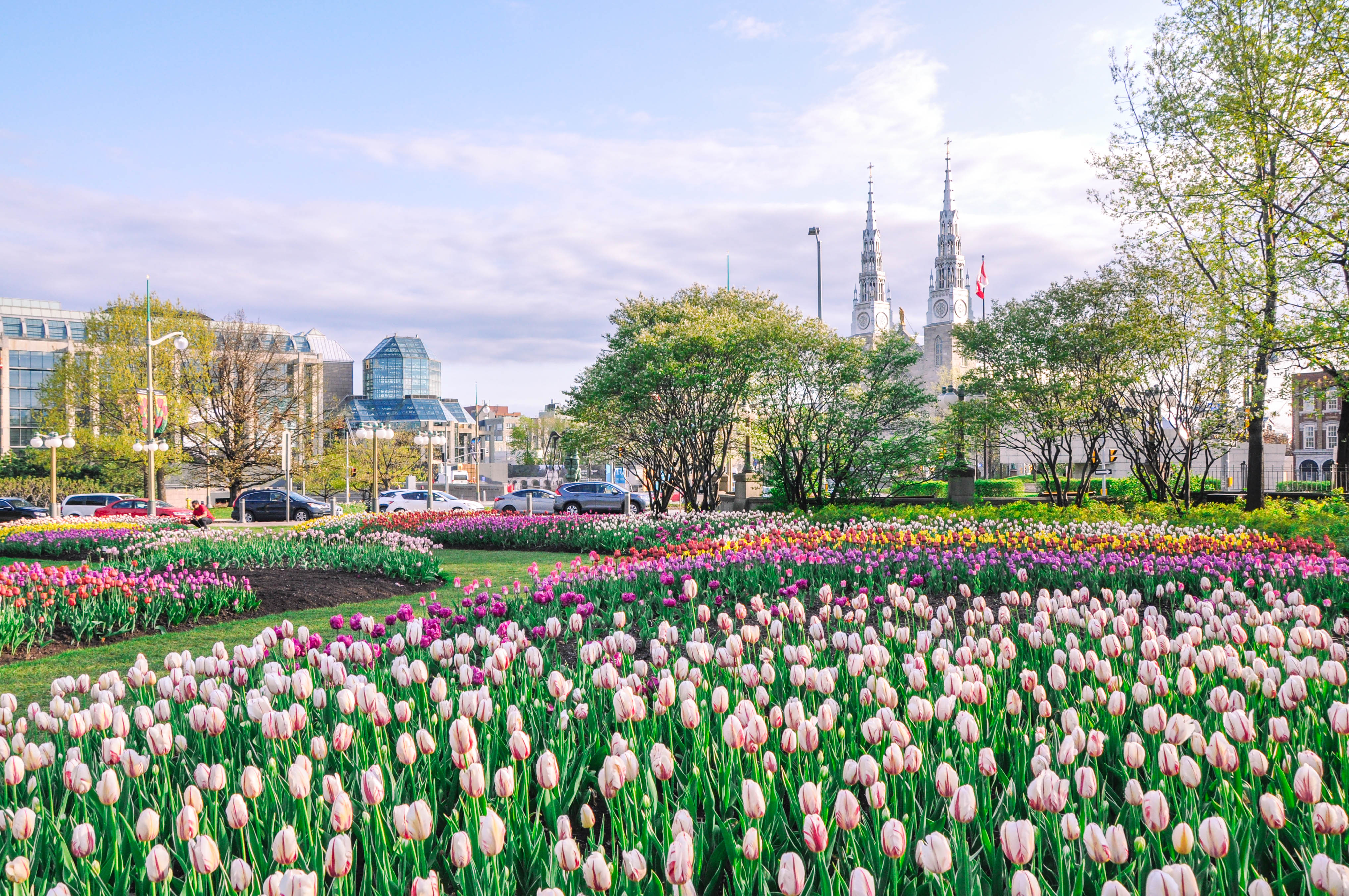Tulips are one of the most recognizable and beloved flowers in the world. Known for their vibrant colors and elegant shapes, they have become a symbol of beauty and renewal. Originating from Central Asia, tulips have a rich history and hold significant cultural and botanical value.
Historical Background Tulips
Tulips were first cultivated in the Ottoman Empire, where they were highly prized by the sultans and featured prominently in their gardens. They were introduced to Europe in the 16th century by botanist Carolus Clusius. Tulips quickly became a sensation in the Netherlands, leading to what is known as “Tulip Mania” in the 17th century. This period saw tulip prices soar to astronomical levels before eventually crashing, but the flower’s popularity endured.


Botanical Characteristics
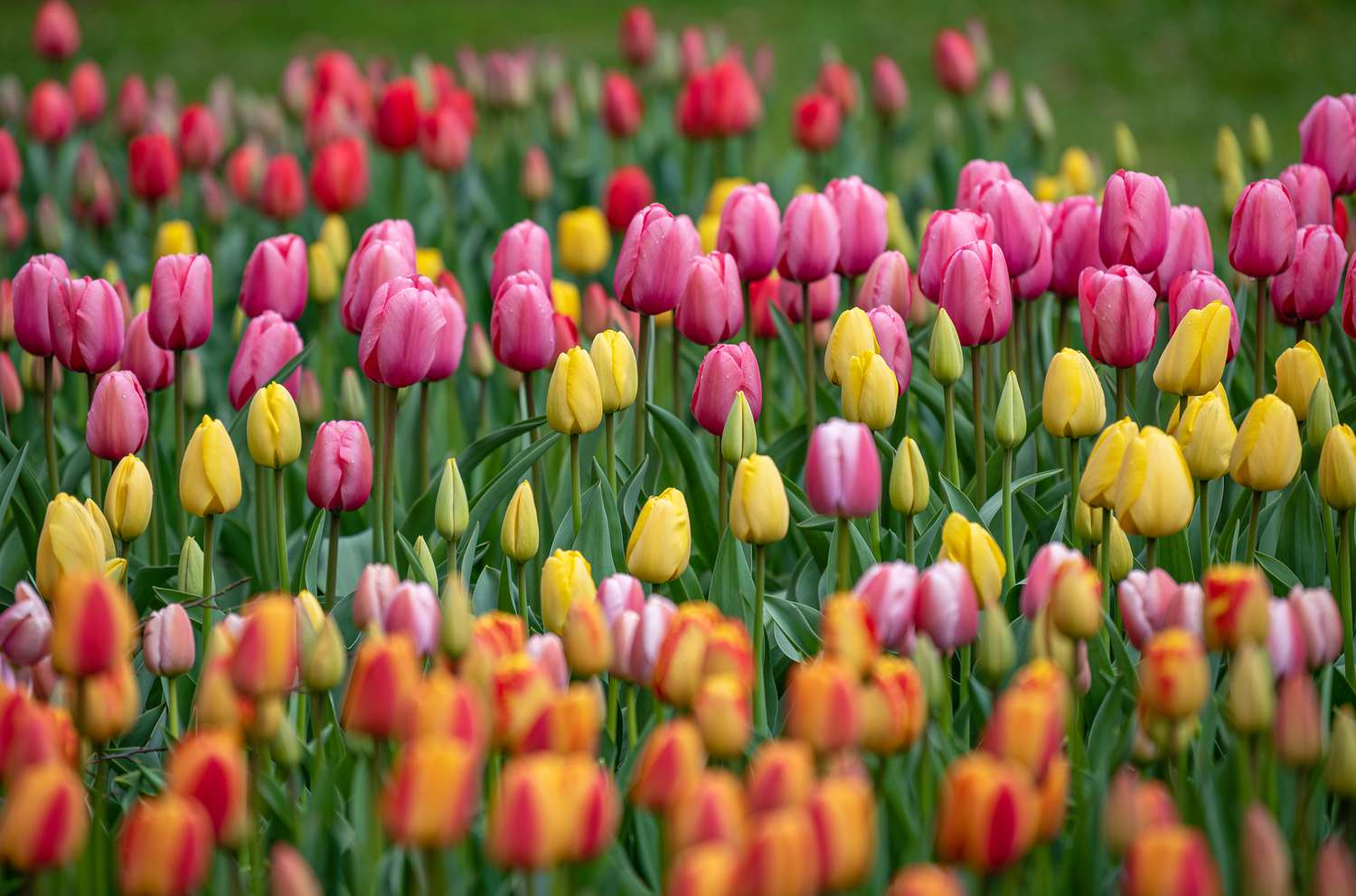
Tulips are brilliant flowers in spring
The best months to enjoy their beauty typically vary based on your location, but in general:
- In the Northern Hemisphere: Tulips usually bloom from April to May. This is when the weather starts to warm up after winter, making it an ideal time for tulips to showcase their colors. The exact timing can depend on your local climate and the specific tulip variety.

- In the Southern Hemisphere: If you are in places like Australia or New Zealand, tulips are typically seen blooming from September to November as spring arrives.

Tulips are grown in several regions around the world
- The Netherlands: This is arguably the most famous region for tulips. The Netherlands is known for its extensive tulip fields, particularly in areas like Keukenhof and the Flower Strip (Bollenstreek). Tulips are a major part of Dutch culture and economy, with vast numbers of bulbs grown and exported annually.
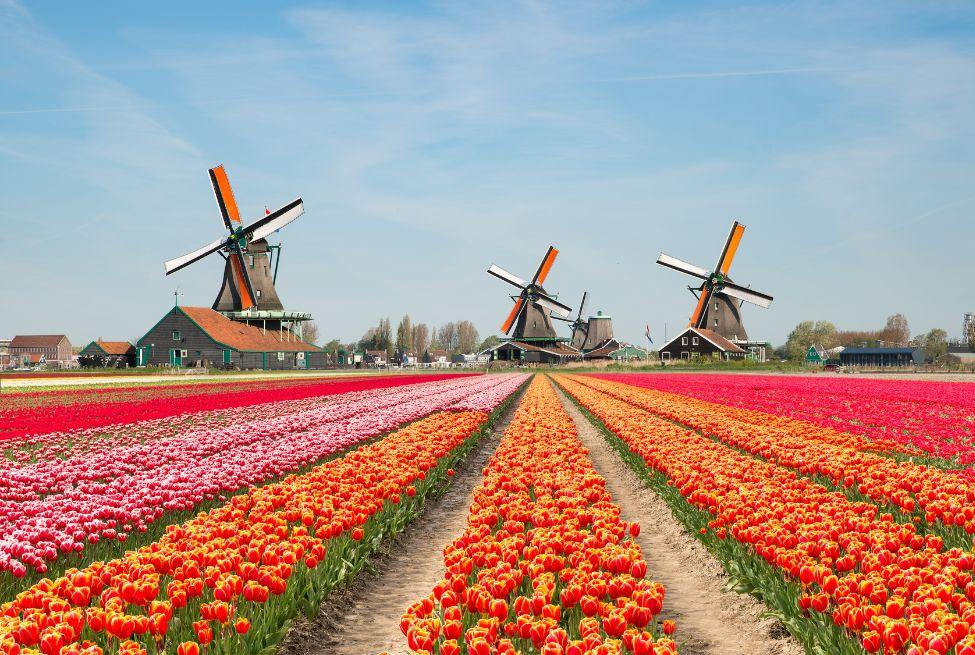
- Turkey: Tulips have historical significance in Turkey and are widely cultivated in the country. Istanbul, in particular, hosts the annual Istanbul Tulip Festival, showcasing millions of tulips in public parks and gardens.

- United States: In the U.S., tulips are commonly grown in states with cooler climates. The Pacific Northwest, including Oregon and Washington, has many tulip farms. The Skagit Valley Tulip Festival in Washington is a notable event celebrating tulip blooms.
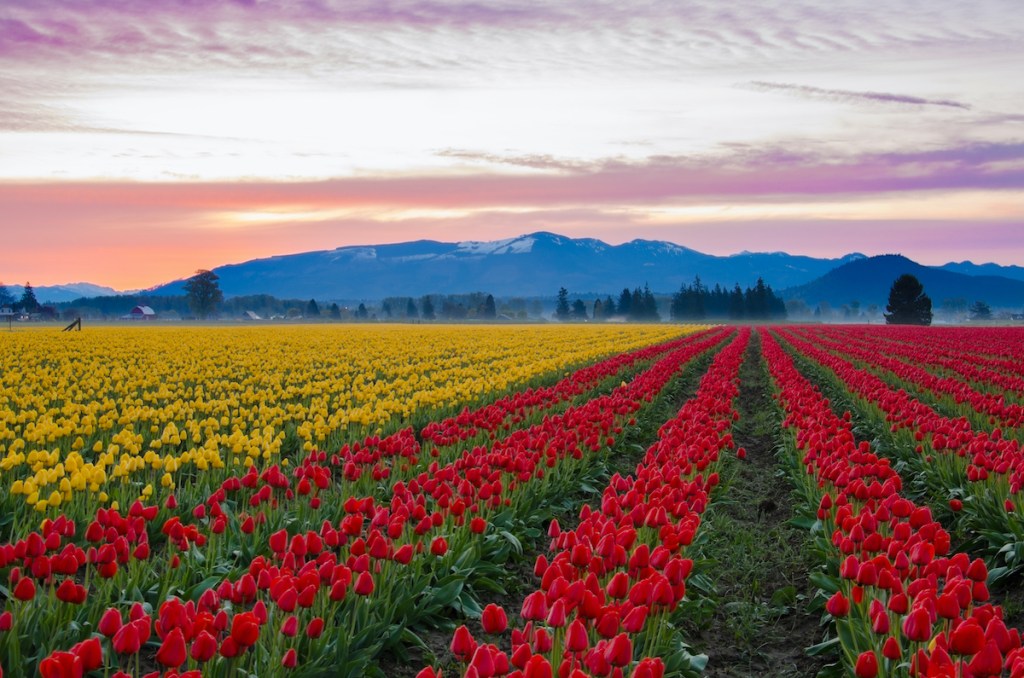
- Canada: Tulips are also widely grown in Canada, especially in regions like Ontario. The Canadian Tulip Festival in Ottawa celebrates the arrival of spring with thousands of tulips.
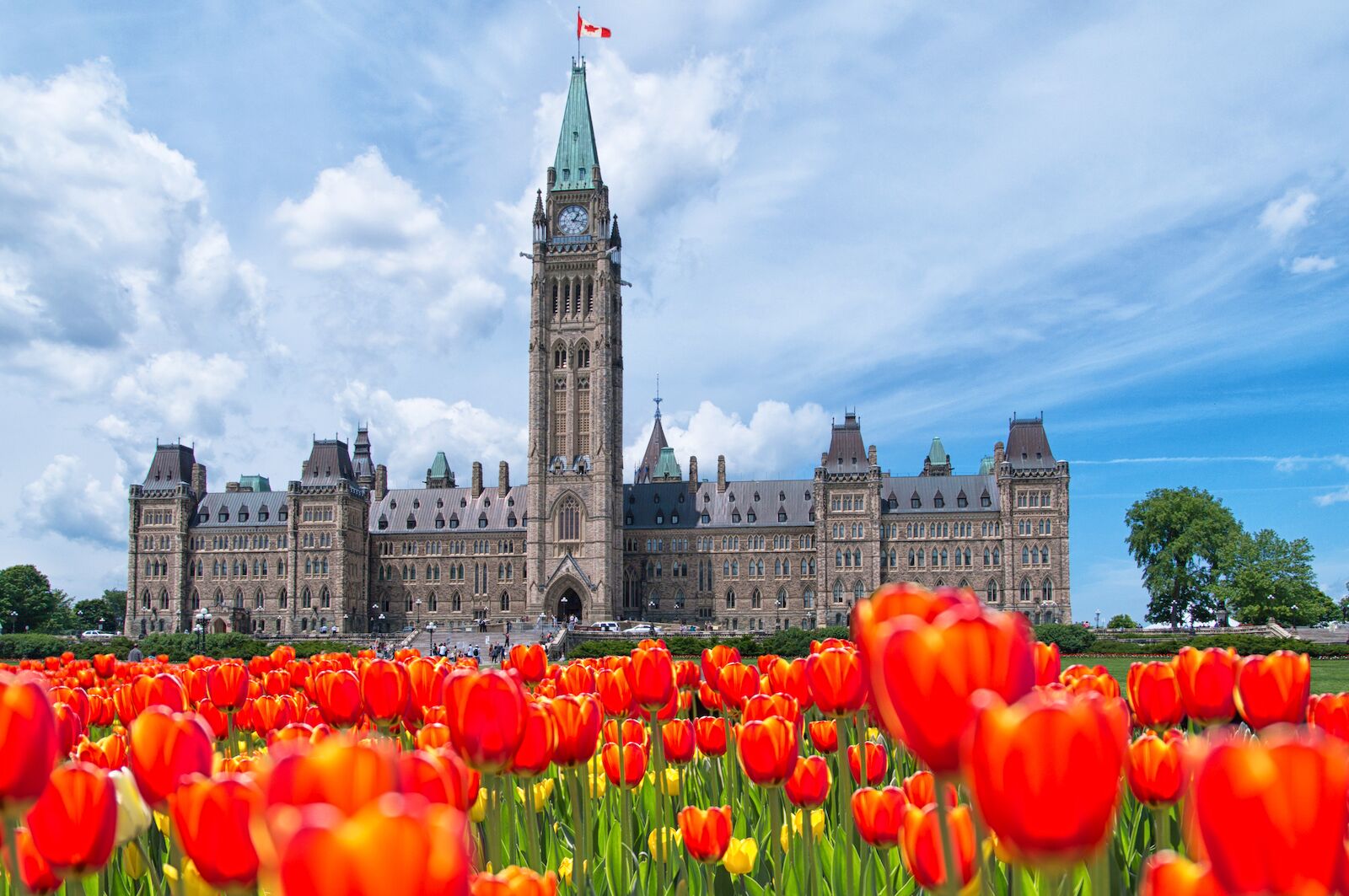
- United Kingdom: Tulips are popular in the UK, with many gardens and parks featuring them in springtime displays. The Royal Horticultural Society’s gardens often showcase impressive tulip displays.

Cultural Significance Tulips
The Netherlands
- Tulip Mania: In the 17th century, tulips became a symbol of economic speculation in the Netherlands during the period known as Tulip Mania. Tulip bulbs were traded at exorbitant prices, reflecting the flower’s profound impact on Dutch society and economy.
- National Symbol: The tulip is a national symbol of the Netherlands, and it features prominently in Dutch culture. The annual Keukenhof Flower Gardens and the Tulip Festival in Amsterdam celebrate this iconic flower.
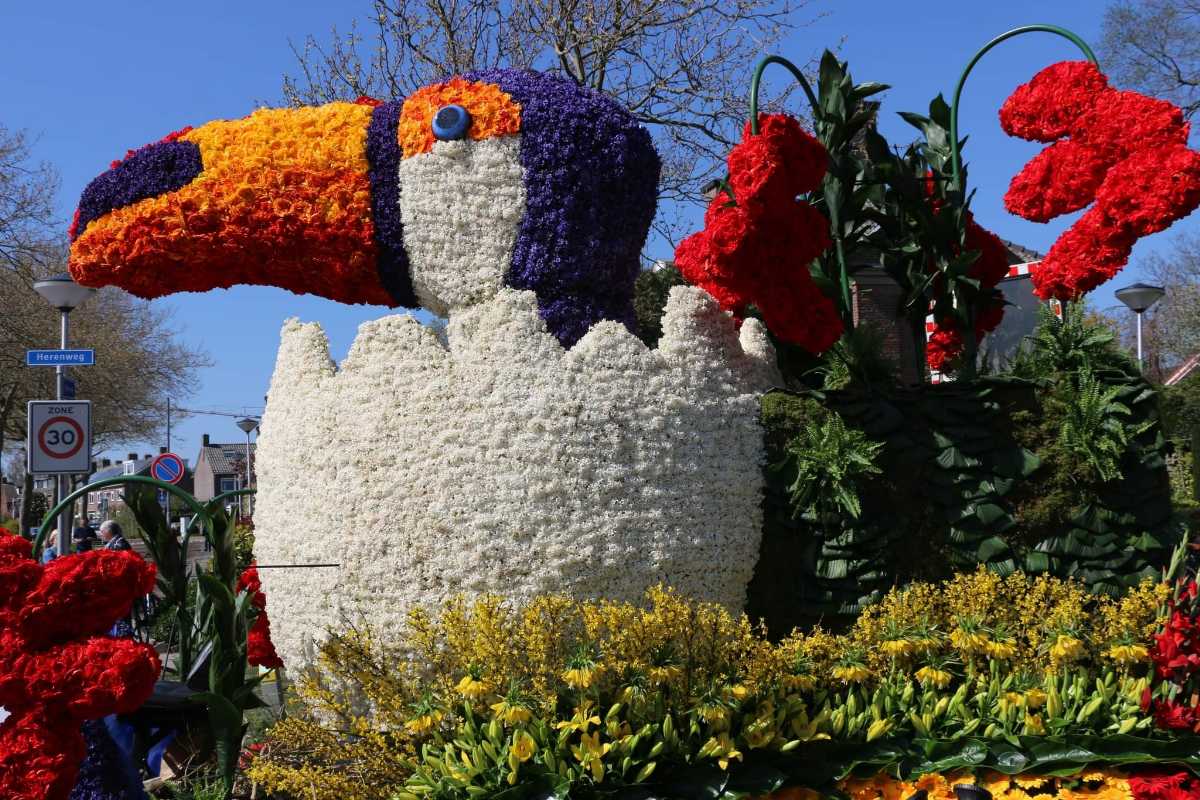
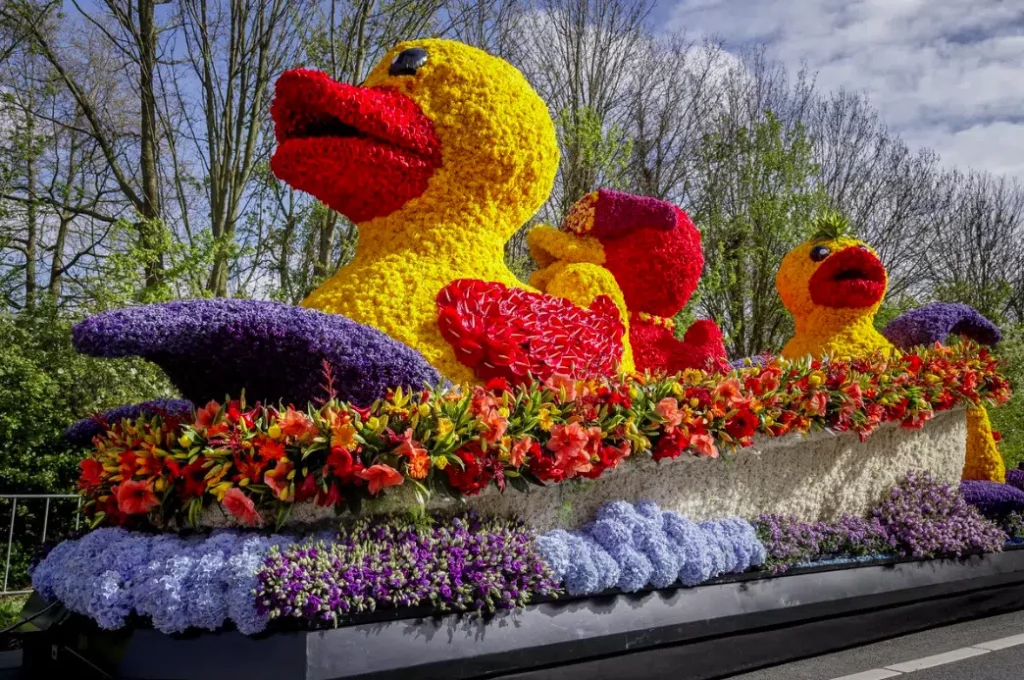
Turkey
- Ottoman Empire: Tulips were highly prized during the Ottoman Empire. They were featured in art and literature, symbolizing beauty and elegance. The Tulip Era (Lale Devri) in Ottoman history is named after the flower and is associated with a period of cultural flourishing.
- Festivals: The Istanbul Tulip Festival is a major cultural event that honors the flower’s historical significance in Turkey.
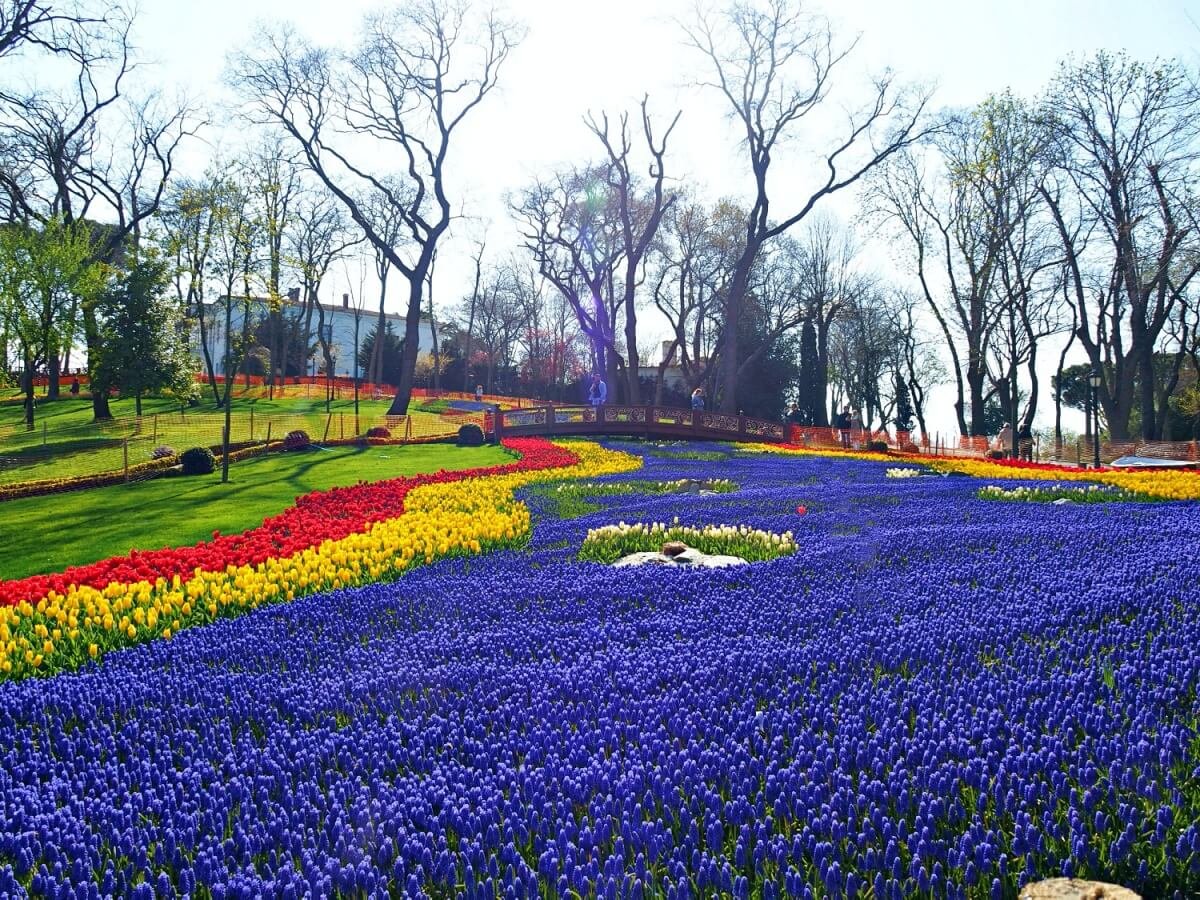

Artistic Representation tulips
Painting and Illustration
- Dutch Masters: Tulips frequently appear in Dutch still-life paintings from the 17th century, illustrating their importance and popularity. Artists like Jan Davidsz de Heem and Ambrosius Bosschaert created detailed floral compositions featuring tulips.
- Contemporary Art: Tulips continue to be a popular subject in modern art, representing beauty, transience, and renewal. They are often depicted in various media, including painting, photography, and digital art.
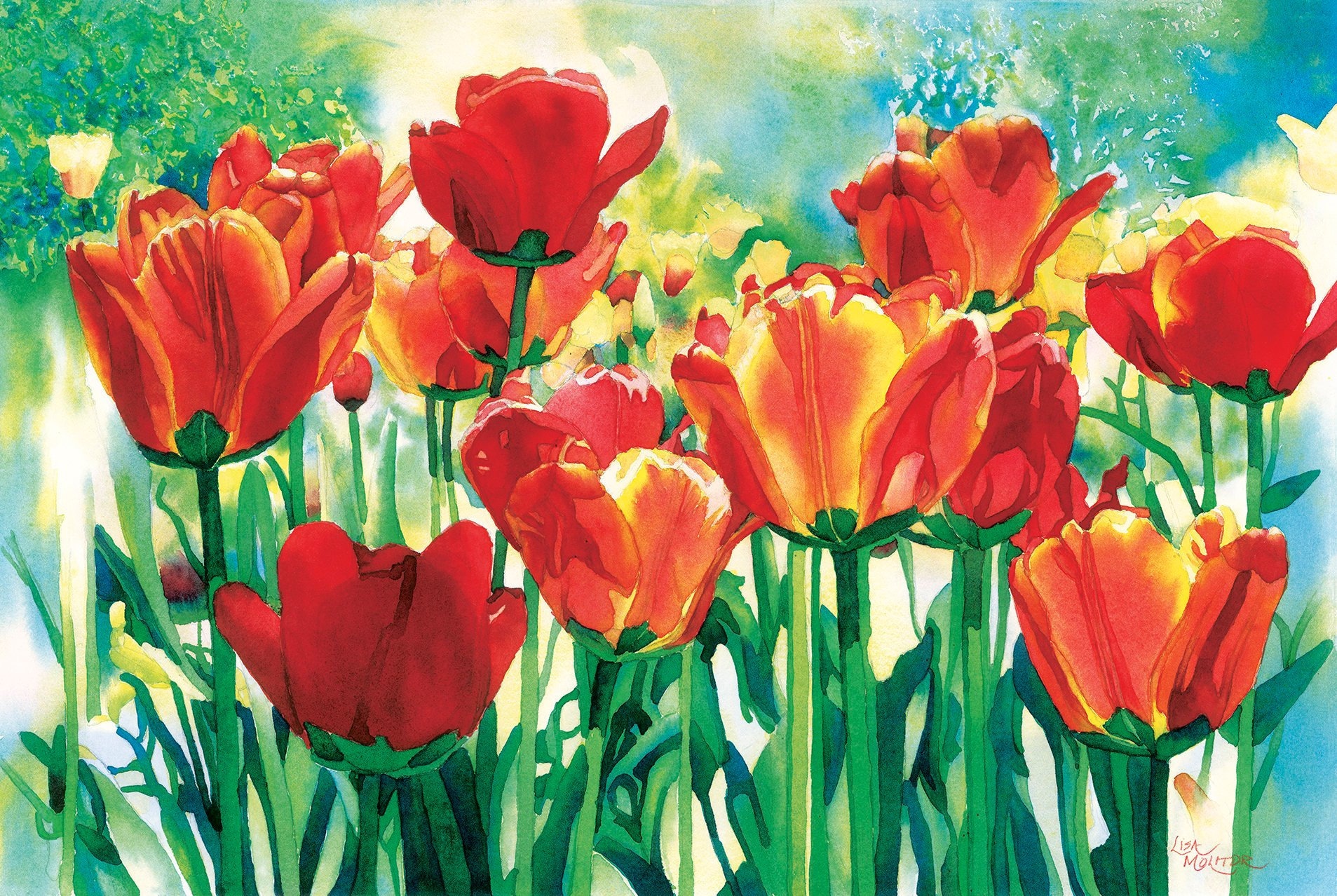
Textiles and Design
- Patterns: Tulip motifs are commonly used in textiles, such as fabrics and wallpapers. Their elegant forms and vibrant colors lend themselves well to decorative designs.
- Ceramics: Tulips are also featured in ceramics, including vases and tiles, where their shape and color are used to enhance aesthetic appeal.

Literature and Poetry
- Symbolism in Literature: Tulips are often used as symbols in poetry and literature to convey themes of beauty, fleetingness, and love. Their seasonal bloom and vibrant colors make them a powerful metaphor for renewal and change.

Gardens and Landscaping
- Historical Gardens: Tulips have been integral to garden designs, especially in historical European gardens. They are often used to create stunning displays in public and private gardens.
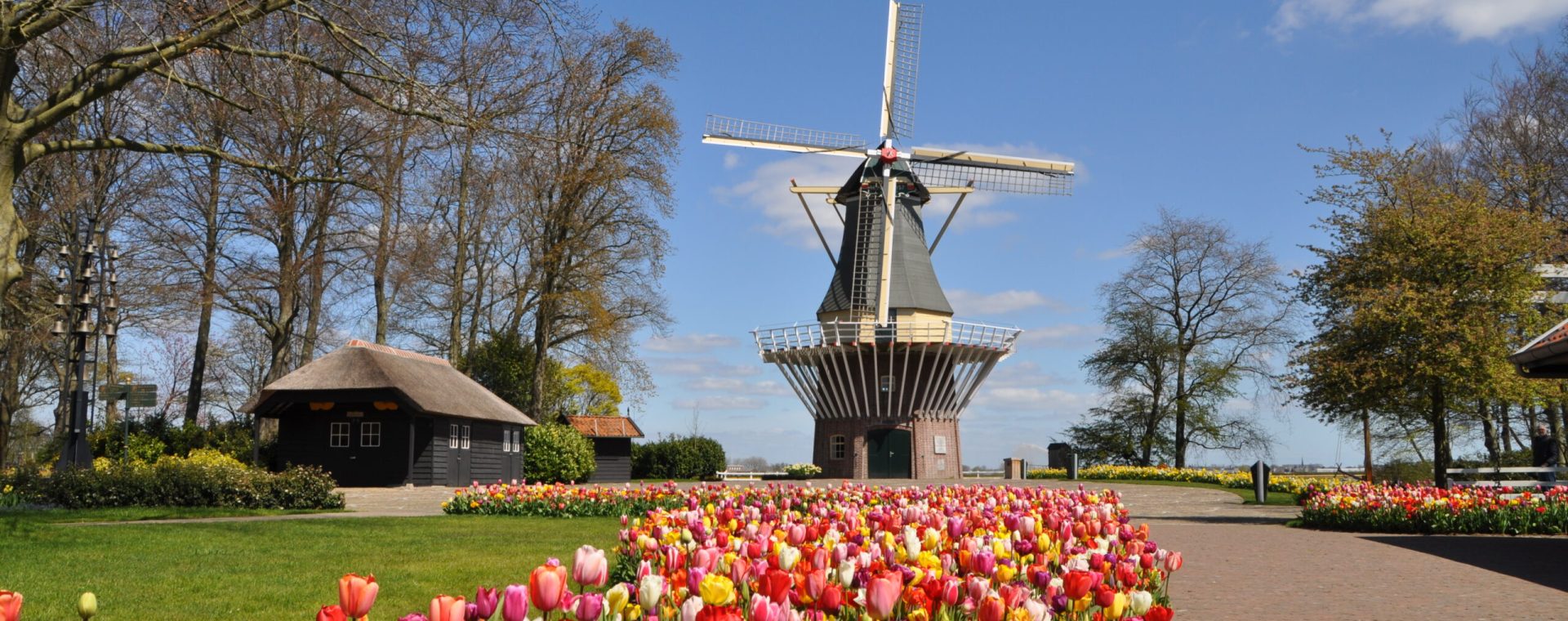
- Modern Landscaping: Today, tulips are widely used in landscaping and garden design, appreciated for their ability to create vibrant, eye-catching displays in spring
